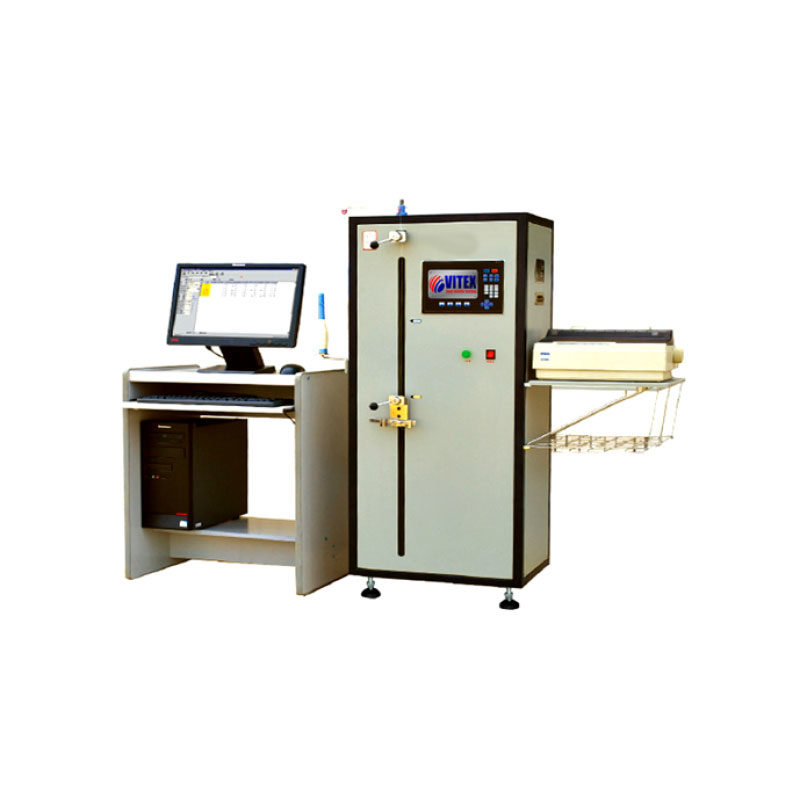Application
Automatic Single Yarn Strength Tester, to determine the breaking strength and elongation rate of single yarn made of cotton, wool and others up to 6000cN, with air-driven clamps. Fully automatically test up to 20 cops at the same time.
Features
- Working pattern is CRE principle, controlled by software running in computer
- Automatic feeding of yarn, and automatic clamping for test, fast and without damages to yarn
- Fitted with Waste yarn collecting device, to make labs clean
- Test up to 20 cops at the same time
- Software is offered thus the machine can be controlled by a computer. The built-in printer or an additional printer can print test reports.
Standards
ASTM D2256, ISO2062, GB/T398, GB5324, GB/T14344, BS, JIS, AS, CAN/CGSB
Power / Air
220V 50 Hz 0.4 ~ 0.8mPa
Weight
140 Kg
Dimensions
550 x 450 x 1600 mm (L x W x H)



